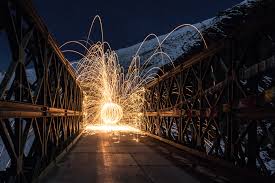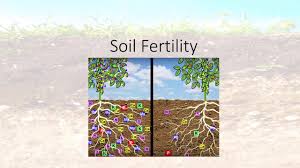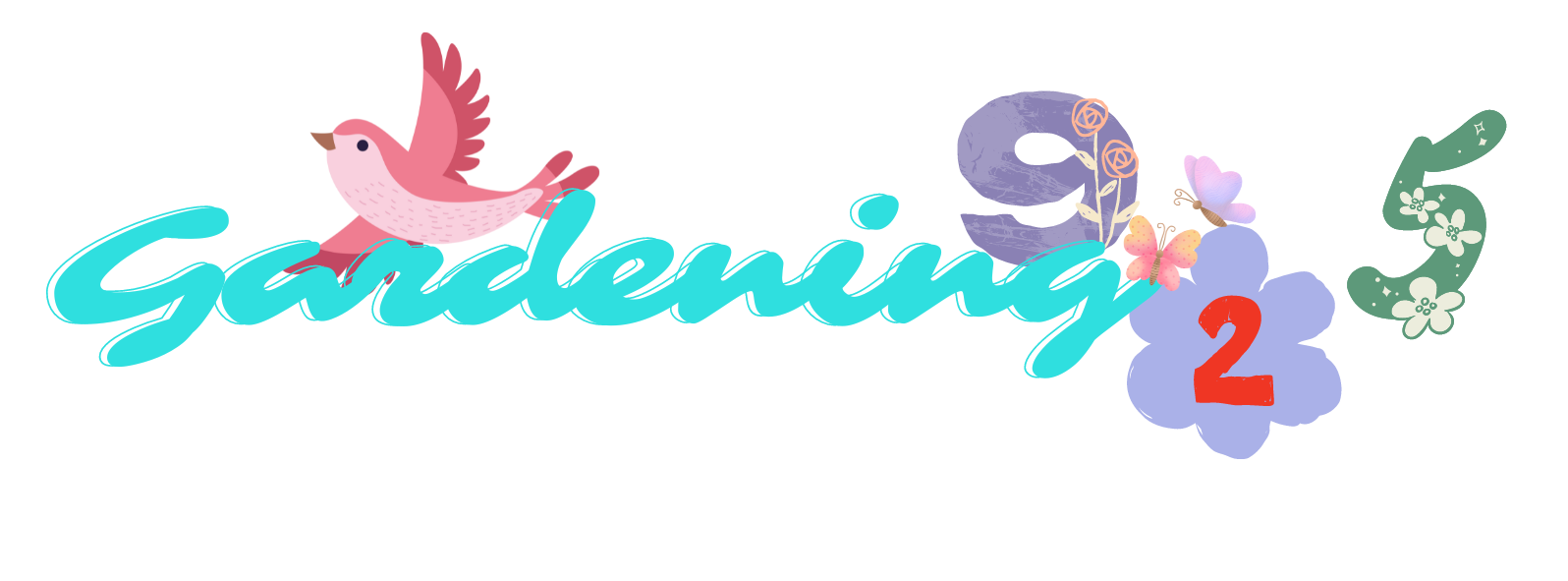Indoor plants are a wonderful way to enhance the ambiance of any space, but caring for them can be challenging, especially in low-light environments. Whether you live in a cozy apartment with minimal natural light or a room that’s shielded from the sun, you can still enjoy the benefits of indoor gardening. In 2024, the trend is shifting towards integrating greenery into every corner of our homes, even those with limited light. This comprehensive guide will provide you with essential tips and tricks to help your indoor plants thrive in low-light conditions.
1. Understanding Low-Light Environments

Before diving into specific care tips, it’s essential to understand what qualifies as a low-light environment and how it affects your plants.
What is Low Light?
- Indirect Light: Low light refers to spaces that receive little to no direct sunlight. This often means the light is filtered through windows or comes from artificial sources.
- Artificial Light: In some cases, low light might mean minimal exposure to natural sunlight, relying heavily on artificial lighting, such as overhead lights or lamps.
Impact on Plants
- Reduced Photosynthesis: Low light can slow down the photosynthesis process, affecting plant growth and vitality.
- Leggy Growth: Plants may become leggy or stretched out as they reach for more light, leading to weak and elongated stems.
2. Choosing the Right Plants
Selecting plants that are well-suited for low-light environments is crucial for success.
Low-Light Tolerant Plants
- Snake Plant (Sansevieria): Known for its hardy nature, the snake plant thrives in low light and requires minimal care.
- ZZ Plant (Zamioculcas zamiifolia): This plant is nearly indestructible and can survive with very little light and water.
- Pothos (Epipremnum aureum): Pothos is a versatile and low-maintenance plant that adapts well to various light conditions.
- Philodendron: With many varieties, philodendrons are great for low light and add a lush, tropical feel to any space.
- Cast Iron Plant (Aspidistra elatior): True to its name, this plant is exceptionally resilient and thrives in low light.
3. Light Requirements and Placement
Proper placement and understanding light requirements are essential for keeping your indoor plants healthy.
Utilizing Available Light
- Near Windows: Place your plants near windows that receive indirect light. Even if the light is filtered, it can still benefit your plants.
- Artificial Lighting: Use fluorescent or LED grow lights to supplement natural light. These lights are designed to mimic the full spectrum of sunlight.
Avoid Direct Sunlight
- Filtered Light: Be cautious of placing plants in direct sunlight, as it can scorch their leaves, especially in low-light environments where they are not accustomed to bright light.
4. Watering Techniques
Watering practices are crucial, especially for indoor plants in low-light conditions where soil moisture can be slower to evaporate.
Watering Frequency
- Check Soil Moisture: Always check the soil moisture before watering. Stick your finger about an inch into the soil; if it feels dry, it’s time to water.
- Reduce Frequency: Plants in low-light conditions typically require less frequent watering. Overwatering can lead to root rot, especially when light levels are low.
Proper Drainage
- Drainage Holes: Ensure pots have drainage holes to prevent waterlogging.
- Watering Trays: Use trays to catch excess water and avoid root rot.
5. Soil and Fertilization

The right soil and proper fertilization contribute significantly to plant health.
Soil Composition
- Well-Draining Soil: Use a well-draining potting mix to provide adequate aeration and prevent water accumulation.
- Specialty Mixes: For specific plants, such as succulents, use a specialized mix suited to their needs.
Fertilization
- Balanced Fertilizer: Use a balanced, water-soluble fertilizer during the growing season to provide essential nutrients.
- Low-Light Adjustments: Reduce fertilization frequency in low-light environments, as plants may grow slower and require less nutrition.
6. Humidity and Temperature
Indoor climate conditions affect plant health and growth.
Humidity Levels
- Increase Humidity: Many indoor plants, especially tropical varieties, thrive in higher humidity. Use a humidifier or place plants on a pebble tray filled with water.
- Misting: Lightly misting the leaves can also help increase humidity levels around your plants.
Temperature Range
- Consistent Temperatures: Maintain a consistent temperature range, avoiding extreme fluctuations. Most indoor plants prefer temperatures between 60-75°F (15-24°C).
- Avoid Drafts: Keep plants away from drafts, heaters, or air conditioners that can create temperature extremes.
7. Pruning and Maintenance
Regular pruning and maintenance help keep your plants healthy and aesthetically pleasing.
Pruning Techniques
- Remove Dead Leaves: Regularly remove dead or yellowing leaves to promote healthy growth and prevent disease.
- Shape and Size: Prune plants to maintain their shape and control their size, especially if they become leggy in low light.
Cleaning Leaves
- Dust Removal: Dust can accumulate on plant leaves, reducing their ability to photosynthesize. Gently wipe leaves with a damp cloth to keep them clean.
8. Troubleshooting Common Issues

Even with the best care, you may encounter some common problems with indoor plants in low-light environments.
Yellowing Leaves
- Cause: Yellowing leaves can indicate overwatering, poor drainage, or nutrient deficiencies.
- Solution: Adjust watering practices, ensure proper drainage, and check for signs of pests or diseases.
Leggy Growth
- Cause: Leggy growth often occurs due to insufficient light, causing plants to stretch towards the light source.
- Solution: Move plants closer to light sources or supplement with artificial lighting.
Pests and Diseases
- Common Pests: Indoor plants in low-light conditions are susceptible to pests like spider mites, aphids, and mealybugs.
- Solution: Regularly inspect plants, use insecticidal soap or neem oil, and maintain good plant hygiene.
9. Conclusion
Caring for indoor plants in low-light environments can be a rewarding experience with the right approach. By selecting low-light tolerant plants, understanding their light and water requirements, and maintaining proper care practices, you can create a thriving indoor garden that enhances your living space. Embrace these tips to maximize your plant’s health and enjoy the beauty of greenery in any corner of your home. With patience and attention, even the dimmest spaces can become lush and vibrant with the right indoor plant care strategies.



